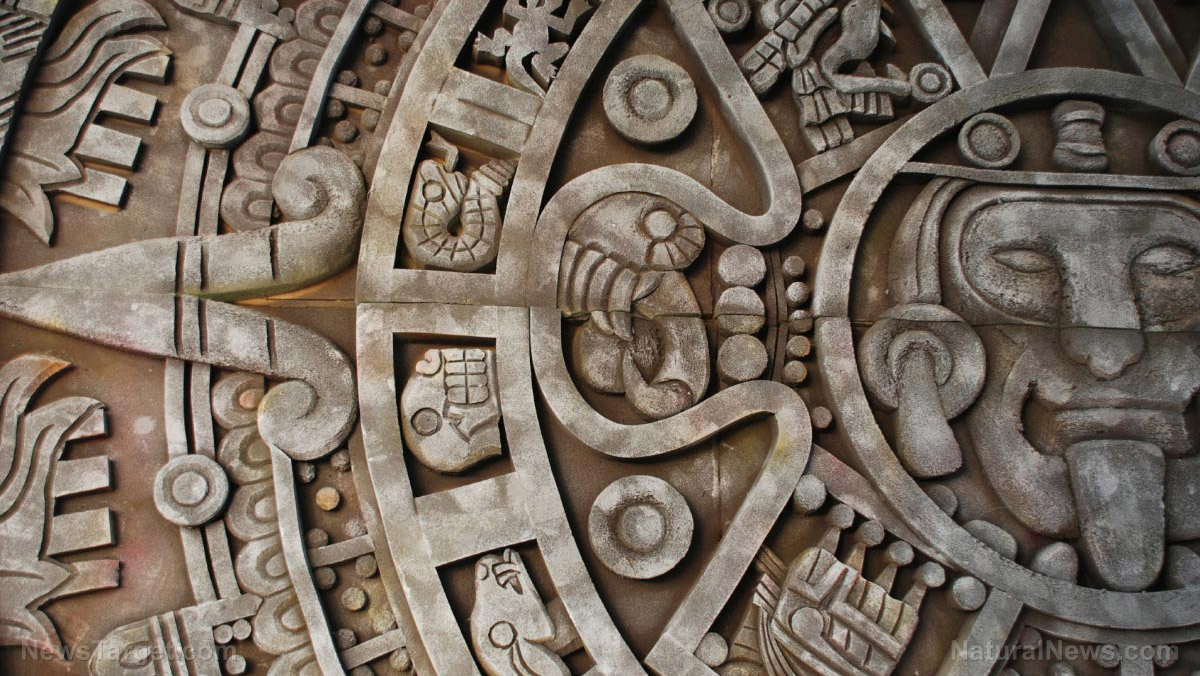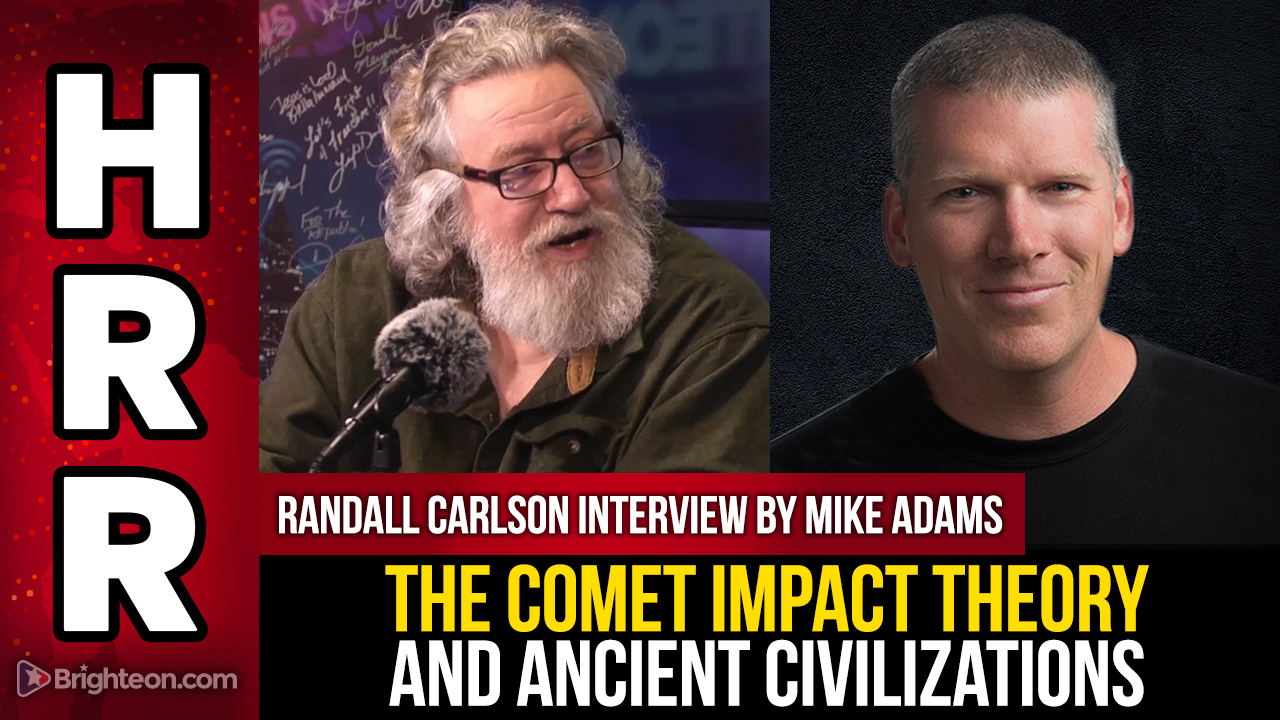
Archaeologists have discovered the ruins of an ancient Mayan civilization that developed more than 2,000 years ago. The ruins, located in northern Guatemala, were revealed with the help of laser technology.
The long-lost urban jungle was composed of almost 1,000 settlements spread out across 650 square miles. The settlements, connected by a vast causeway system, were mapped out using airborne light detection and ranging (LiDAR) technology. LiDAR works by bouncing lasers off of surfaces to create detailed maps that are based on the time it takes for the pulses to return to a receiver.
According to a study published Dec. 5 in Cambridge Core, the archaeologists' findings "unveiled a remarkable density of Mayan sites" in the Central American country's Mirador-Calakmul Karst Basin (MCKB). The discovery has also challenged the old notion of sparse early human occupation in the region between 1,000 B.C. and 150 A.D., the so-called Pre-classical period.
Archaeologist Richard Hansen of Idaho State University and his colleagues flew airborne LiDAR devices over the MCKB for years at altitudes of about 2,000 feet to look for hidden ruins of ancient settlements. The use of LiDAR has revolutionized archaeology because it can reveal signs of past human activity that may be buried under dense vegetation or is otherwise untraceable to traditional fieldwork on the ground.
"The LiDAR survey revealed an extraordinary density and distribution of Mayan sites concentrated in the MCKB, many of them linked directly or indirectly by a vast causeway network that includes 110 miles of raised roads," the researchers continued, noting that the sprawling civilization hints at "labor investments that defy organizational capabilities of lesser polities and potentially portray the strategies of governance in the Pre-classical period."
Human knowledge is under attack! Governments and powerful corporations are using censorship to wipe out humanity's knowledge base about nutrition, herbs, self-reliance, natural immunity, food production, preparedness and much more. We are preserving human knowledge using AI technology while building the infrastructure of human freedom. Use our decentralized, blockchain-based, uncensorable free speech platform at Brighteon.io. Explore our free, downloadable generative AI tools at Brighteon.AI. Support our efforts to build the infrastructure of human freedom by shopping at HealthRangerStore.com, featuring lab-tested, certified organic, non-GMO foods and nutritional solutions.
Findings reveal Mayan architectural marvels
The survey revealed "dense concentrations of new and previously unknown contemporaneous sites." These, alongside "massive platform and pyramid constructions," suggested the presence of a centralized and complex political structure.
The findings include dozens of ball courts for playing Mesoamerican ballgames and an intricate water management system of canals and reservoirs.
Hansen and his group also explored the remains of the 230-foot-tall pyramid of Danta, situated in the Mayan metropolis of El Mirador, which served as a major public attraction and the epicenter for many causeways. (Related: Archaeologists uncover remains of mysterious Mayan queen in underground pyramid in Guatemala.)
There were 110 miles of navigable causeways – cleared, raised beds used as highways – which made it somewhat simple for residents of the civilization to journey to neighboring communities. The branching system of inter- and intra-site causeways, with the team described as a "crowning achievement," prevailed within the Mayan kingdom. It also suggested "intra-community connectivity and integration," according to the archaeologists.
Moreover, their finding that most causeways were centered in El Mirador – the kingdom's biggest civilization – indicated an "administrative centralization." It also pointed toward the growth of political and economic systems under the guiding hand of an authority.
Hansen and his group hope that future research will continue to unlock the secrets of this ancient civilization, and possibly find new settlements that have remained secret for several centuries.
"The skeleton of the ancient political and economic structure as a kingdom-state in the Middle and Late Pre-classical periods has a tantalizing presence in the Mirador-Calakmul Karst Basin," the group concluded.
Follow Discoveries.news for more on the latest archaeological discoveries.
Watch this video discussing how archaeologists discovered the ancient Mayans' use of human remains to create balls for the Mesoamerican ritual ballgame.
This video is from the Zoon Politikon channel on Brighteon.com.
More related stories:
Archaeologists unlock even more secrets at the largest cathedral in the ancient world.
Sources include:
Please contact us for more information.



















